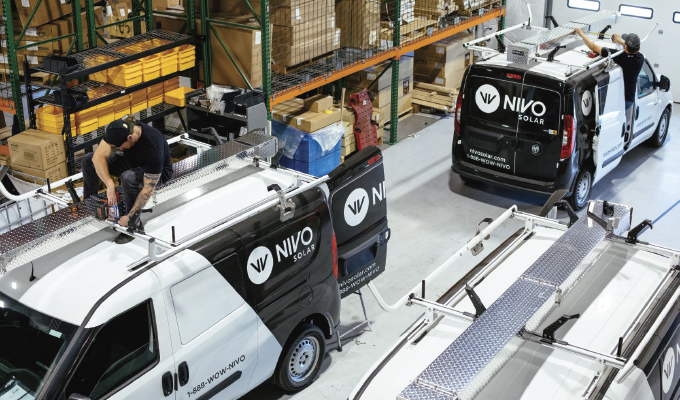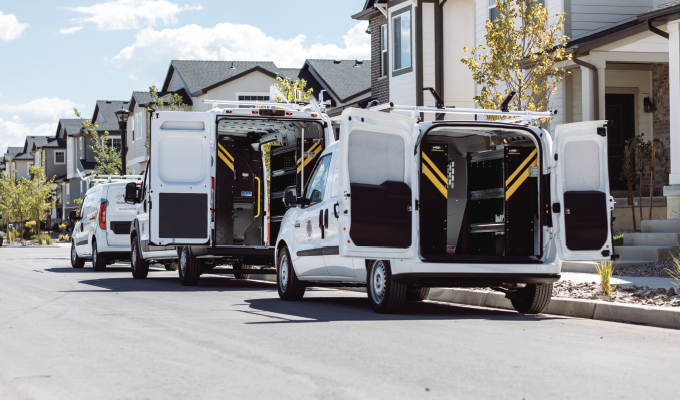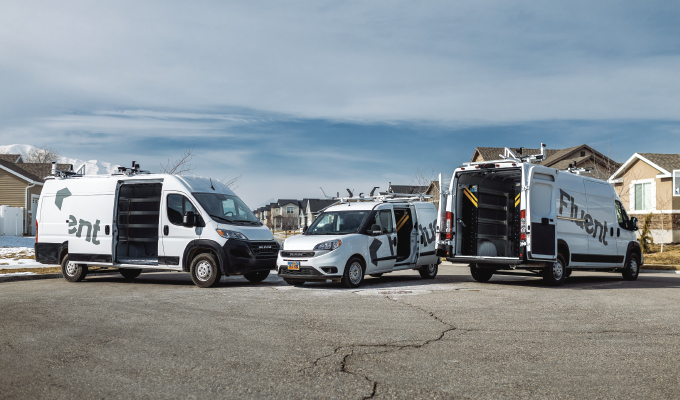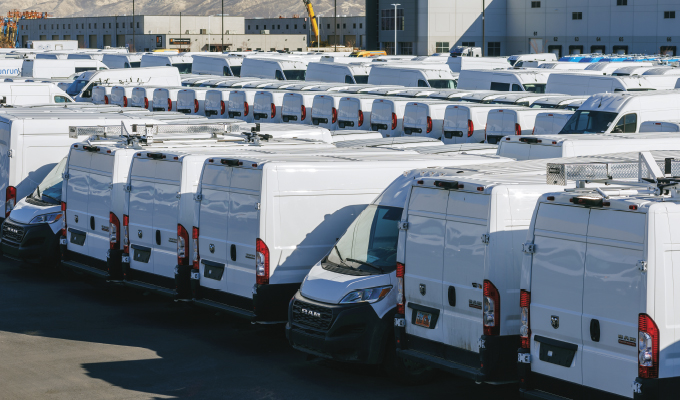Is water wet? Are hot dogs tacos? Is Dad ever coming back with those cigarettes? These questions have plagued mankind since the beginning. More recently, fleet managers and CFOs around the world are asking a more important question: Should I be buying or leasing commercial vehicles?
Fleet professionals shouldn’t view the question in terms of one versus the other. The answer is tied to the larger picture of proper capital forecasting and the long-term impact the decision will have on the company’s finances.
Owning an asset means managing its acquisition, depreciation, operation, maintenance, repairs, and eventual disposal.
Leasing a vehicle allows a company to only pay for the portion used, freeing up more capital to operate and grow a business.
Most fleets finance vehicles through a combination of buying and leasing because leveraging debt is a huge part of the growth equation. Order too many vehicles and an underutilized fleet could cost a fortune without generating revenue. Don’t order enough and you could miss out on new business.
All fleet planning comes with uncertainties. When unforeseen circumstances arise, or when dealerships and leasing companies aren’t able to provide vehicles, there is a third, more versatile option that complements current purchasing and leasing strategies.

WHEN TO PURCHASE
Purchasing makes the world a fleet’s oyster. Douse it in butter and slurp out the insides. Order a bottle and impress friends. Purchasing helps managers to not worry about going over allotted miles or paying hefty fines for wear and tear. The biggest benefit to purchasing is that there are no restrictions—it’s an owned vehicle to play with or neglect however is best fit.
Benefits of purchasing: flexibility in vehicle disposal; reduced cost; tax benefits; equity reinvestment; boost in self-esteem.
WHO SHOULD BUY
Purchasing may seem like the most intuitive option, but it comes with the greatest financial burden. Companies should only buy vehicles when they are absolutely certain how many they’ll need. This includes small fleets—like plumbing startups or neighborhood landscapers—who just need a couple of vehicles and don’t want to worry about mileage or damage. If a fleet doesn’t need enough vehicles to bring down the price of a lease, it makes sense to buy. Medium and large fleets will typically purchase a percentage of their vehicles to take advantage of various depreciation schedules.

WHEN TO LEASE
The biggest advantage of leasing is the low initial investment. Instead of paying for the vehicle itself, only pay for the portion used. There’s no obligation to pay the full value, and the upfront payment is significantly lower. Enjoy all of the benefits of having new vehicles without incurring additional costs or liabilities, making it easier to invest in and grow a business. Leasing can reduce the total cost of ownership by 10 to 15%, but the vehicle won’t be owned at the end of the lease.
Benefits of leasing: free up borrowing capacity; preserve capital; preview new safety features; replace vehicles easily; commitment issues? That’s okay!
WHO SHOULD LEASE
Fleets with over 50 vehicles will find leasing to be the most convenient. Enterprises with hundreds of vehicles will lease the majority of their fleet so that they are not obligated to pay the entire price upfront. Fleets that lease through an FMC will receive a litany of services, including more purchasing power and cost savings.
WHEN TO RENT
Ask an old boy about rental vehicles, and they might spit in disdain. “I ain’t paying more for an empty van from Enterprise,” they might say. And they’d be right. Rental has long been a dirty word for fleet managers who don’t want their employees driving outdated, unmarked vans at a high weekly cost. But the attitude toward vehicle rentals and their functionality within commercial fleets has come a long way. The most effective fleets are able to adapt when uncertainties arise.
What if you need vans quickly but only for six months, like during peak season or for a certain project? Or if it’s necessary to supplement the fleet while waiting for OEM allocation? Maybe it’s necessary to test a new technology to see how it performs before making a major investment. The main advantage of renting is the convenience it offers. Rental vehicles are readily available, meaning no more extensive paperwork and negotiations associated with purchasing or leasing.
For example, consider a landscaping business that needs extra vehicles during the spring and summer months to transport employees and equipment. Renting vans might cost more than a lease for the same time period, but that landscaping business can return them when the season is over rather than being shackled to them in the off-season.
Or consider a solar company that’s planning to expand into a new market. The local electric company has signed off on net metering, and the state has passed tax credits for renewable energy. Now it’s a race to get to market between this particular solar company and all the big players. Often, a business can’t afford to wait nine months to get vans from a dealer. On top of that, this gold rush has the potential to turn up only dirt. If things don’t go as planned, one might get stuck with a bunch of vehicles collecting dust and draining funds.
Rental companies—such as Kingbee—have hundreds of vans available now, meaning there’s no wait. Less time waiting around means more days satisfying customers, meaning more profit.
Benefits of renting: avoid maintenance costs; crush the peak season; survive high-turnover; save on ownership costs; return vehicles when finished.

WHO SHOULD RENT
Small fleets, large fleets, short fleets, tall fleets—fleets of every size should consider renting. Even fleets that experience high turnover or need vehicles quickly or fleets that can’t afford to wait another six months for OEM allocation should rent. Renting is for when a big contract is won or when a business only uses vehicles seasonally—it allows the freedom from committing to a vehicle that ends up becoming a spare when the project ends.
Renting is for when it all hits the fan and waiting is not an option. Renting is for when time equates to money. The lease, buy, rent question is not an either/or choice. For most fleets, the answer is all three, and it all boils down to which combination is the most cost-effective. A combination of long- and short-term assets will help a business adapt to unforeseen circumstances.
COMPLEMENT THE STRATEGY
When vehicles aren’t available through traditional avenues or when cashflow is tight, Kingbee provides vans right away. Since its inception, Kingbee has helped the nation’s leading solar companies scale their fleets at an unprecedented pace. It has also helped small businesses that needed new vans because their orders with dealerships were canceled.
In three to four weeks, a fleet could have new vans wrapped with the company’s branding and upfitted with shelves and racks—all without adding to the balance sheet. Kingbee complements a business’ current funding strategy and offers a third avenue for funding vehicles, alongside leasing and purchasing, so business owners don’t miss out on revenue while planning for a more long-term solution.
ABOUT THE AUTHOR
Tanner Lee has written about vans and trucks for the last eight years. As a toddler, he could name the make and model of any vehicle just by looking at the hubcaps. For more fleet-related readings, check out his Fleet Fetish newsletter on the Kingbee website. Find out more, call 828.546.4233 or visit www.kingbee-vans.com.




